

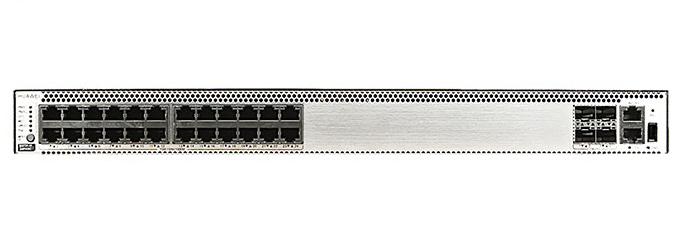
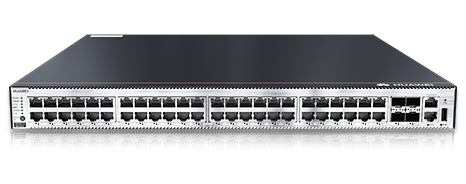
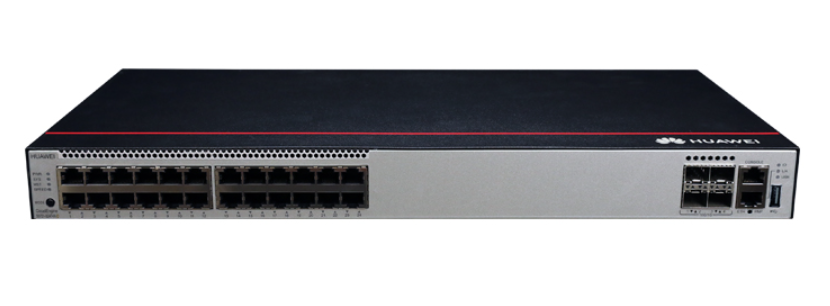
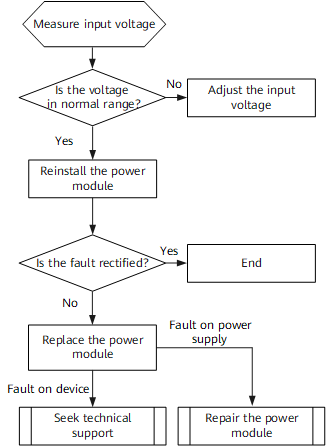

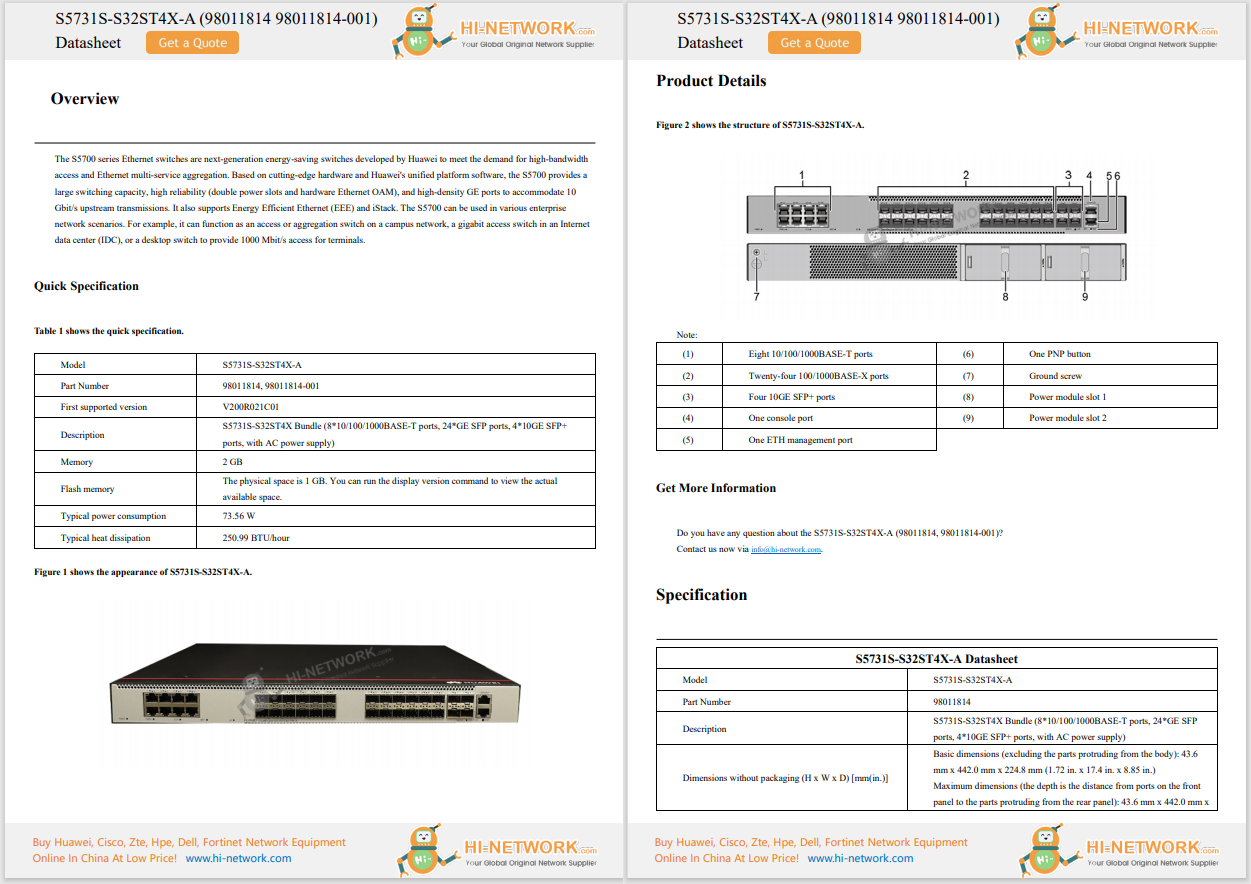
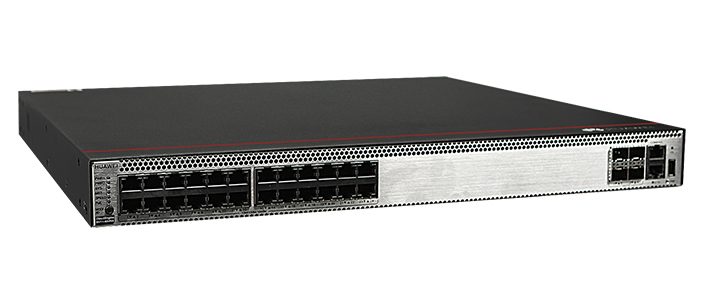
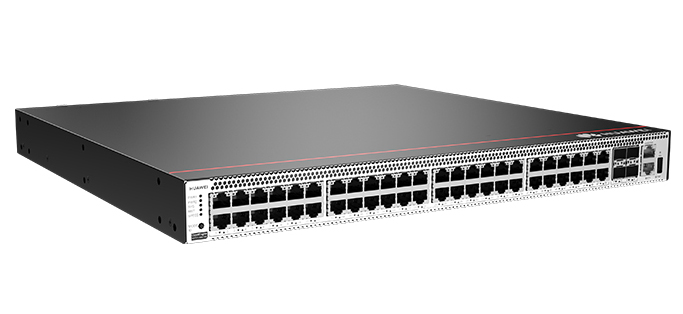

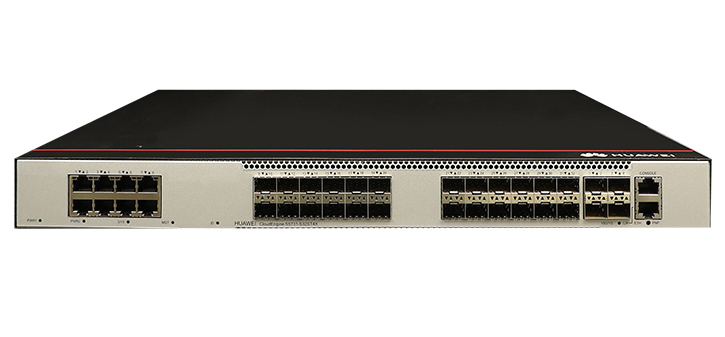

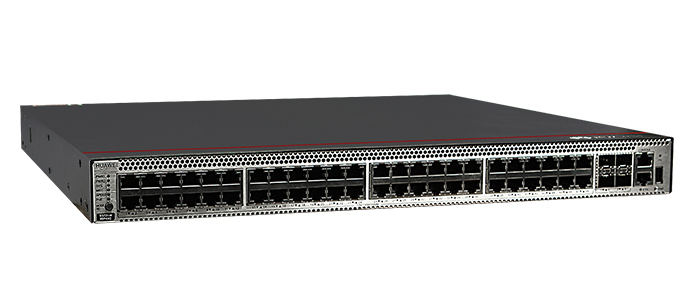


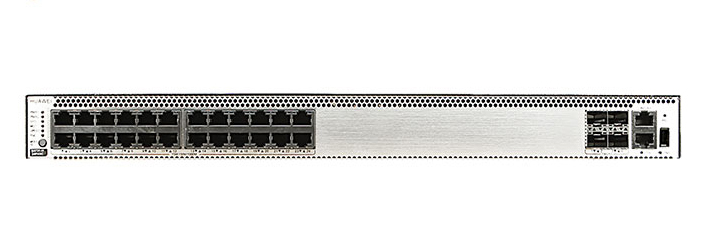
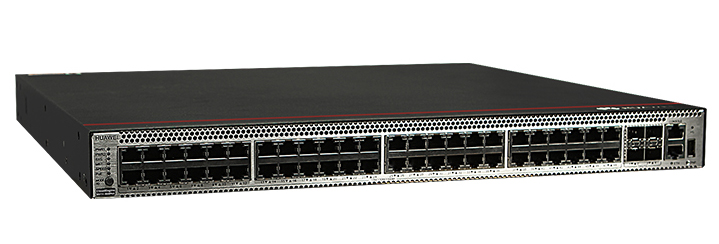




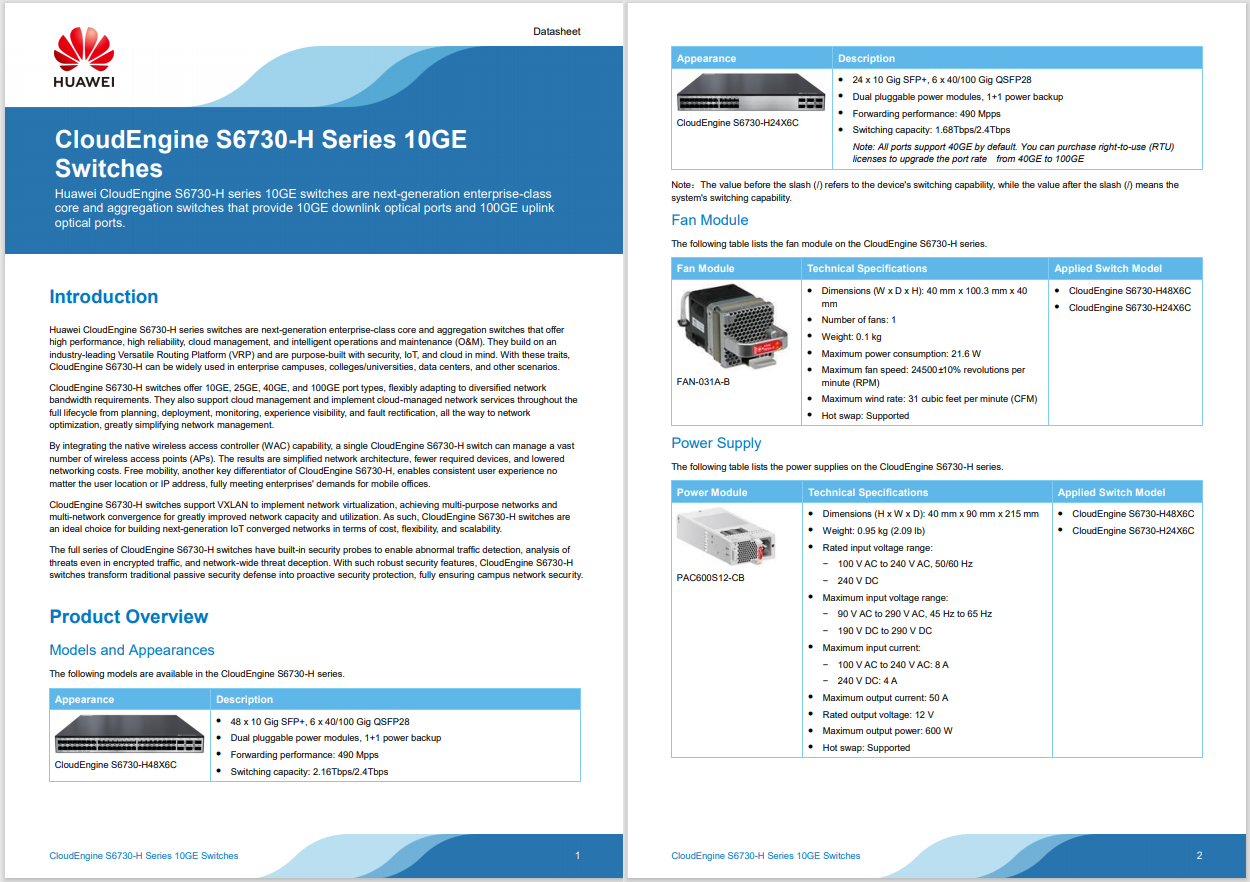




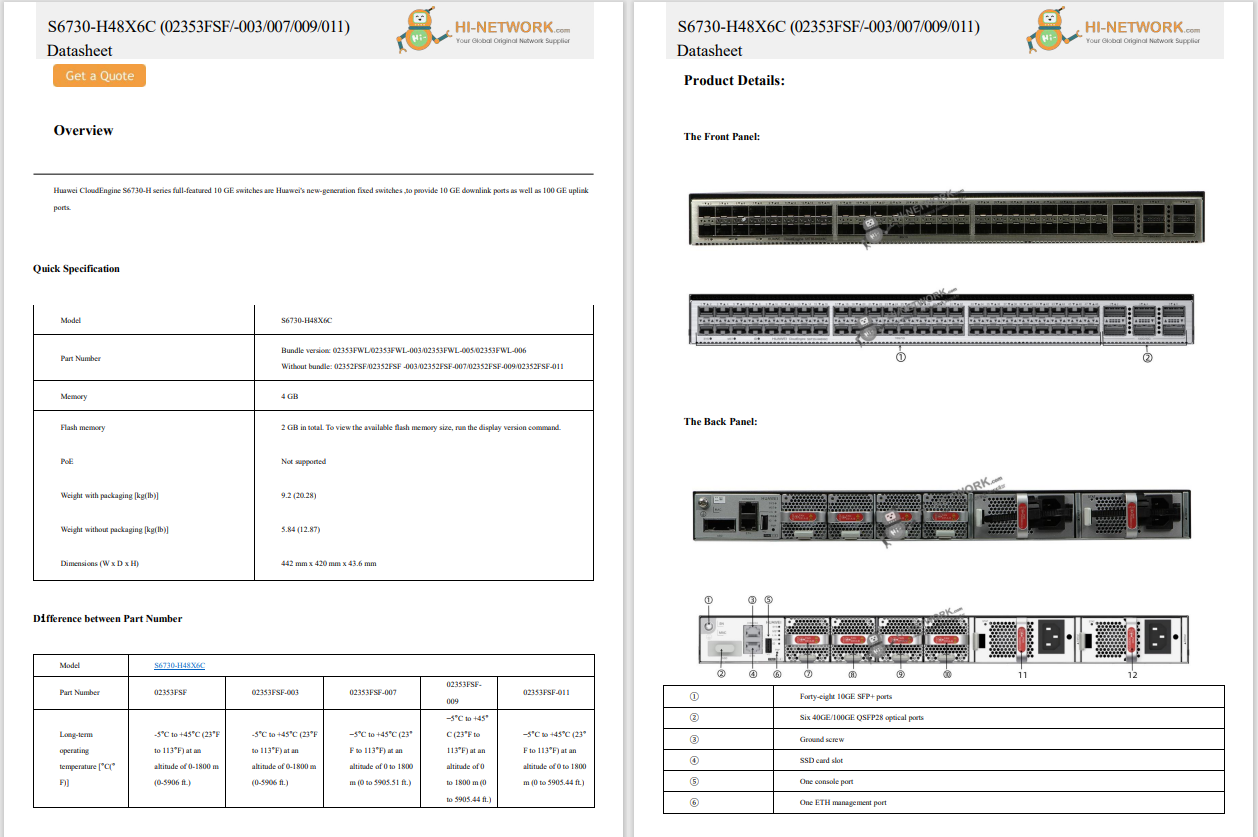
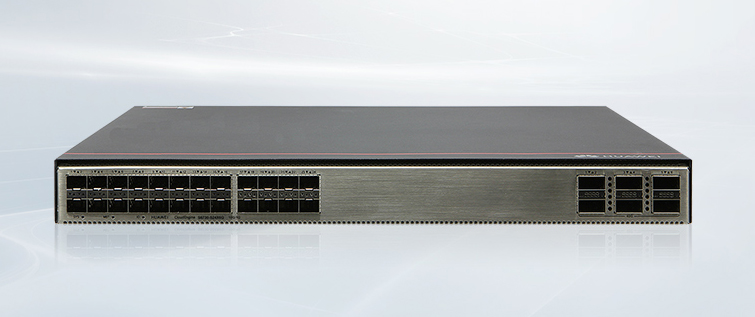


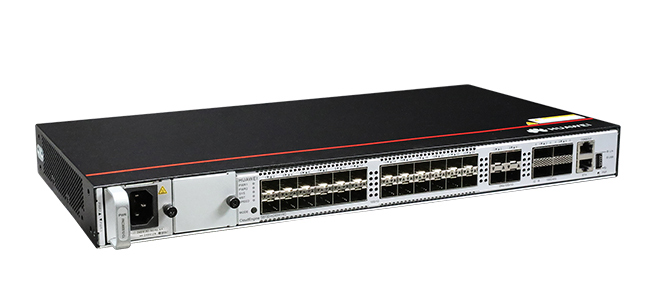

MIT researchers have created a new device that could transform the way quantum computers communicate.
By enabling quantum processors to send data directly using microwave photons, the system eliminates the need for complex, error-prone point-to-point connections.
Two modules, each containing four qubits, were linked via a superconducting waveguide, allowing them to exchange information without a physical link.
Key to the breakthrough was the creation of remote entanglement - a quantum effect that synchronises two particles across a distance. Instead of firing full photons, the researchers halted photon emission halfway, placing the system in a strange quantum state.
The receiving module then absorbed the 'half-photon,' successfully entangling the processors. To improve photon capture, an algorithm reshaped the photons, achieving a 60-percent success rate.
Unlike current quantum computing setups, the MIT system supports 'all-to-all' connectivity, allowing any number of processors to communicate.
The architecture is potentially expandable to different types of quantum computers and future quantum internet systems. The research was funded by several United States agencies and published inNature Physics.
 Tags chauds:
Développement des capacités
Le développement
Informatique quantique
Digital aspects and the environment publish
Tags chauds:
Développement des capacités
Le développement
Informatique quantique
Digital aspects and the environment publish